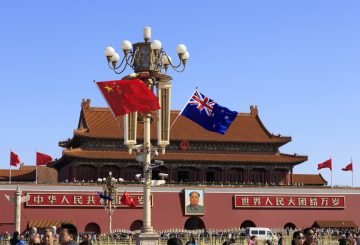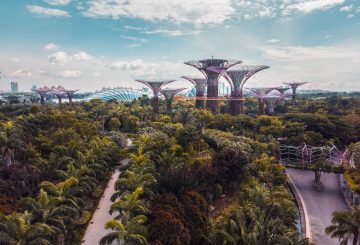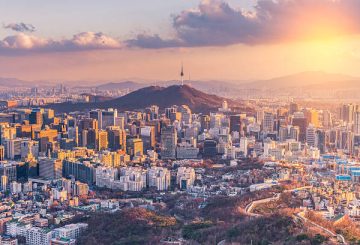Trong tuần qua, mối quan tâm ngày càng tăng về các khoản nợ xấu đang được thực hiện bởi nhà phát triển bất động sản lớn nhất của Trung Quốc Evergrande. Evergrande đang mang khoảng 447 tỷ USD (315B USD) nợ nần.
Với các hộ gia đình Trung Quốc nắm giữ hơn 60% của cải của họ dưới hình thức tài sản, mặc định của Evergrande có thể gây ra một cuộc khủng hoảng thị trường nhà ở rộng lớn hơn nhiều và ảnh hưởng đáng kể đến nền kinh tế.
Nếu Evergrande sụp đổ, nó rất có thể sẽ có ảnh hưởng đến thị trường bất động sản của New Zealand. Nếu các nhà đầu tư Trung Quốc có tài sản ở New Zealand bị tổn thất ở Trung Quốc, họ có thể bị buộc phải bán tài sản New Zealand của họ. Một số vùng ngoại ô có tỷ lệ sở hữu Trung Quốc cao có thể thấy sự gia tăng đáng kể số lượng tài sản trên thị trường.
Các nhà xuất khẩu cũng có thể cảm thấy áp lực. Với người tiêu dùng Trung Quốc cảm thấy khó khăn kinh tế, nhu cầu về sản phẩm New Zealand sẽ giảm.
Trong khi có rất nhiều tin tức tiêu cực so sánh tình hình hiện tại của Trung Quốc với cuộc khủng hoảng tài sản năm 2008 của Hoa Kỳ, vấn đề là khá khác biệt. Không giống như Hoa Kỳ năm 2008, nợ hộ gia đình ở Trung Quốc tương đối thấp. Chính phủ Trung Quốc có một dự trữ tài chính đáng kể và một loạt các đòn bẩy kinh tế để thúc đẩy nền kinh tế.






























































